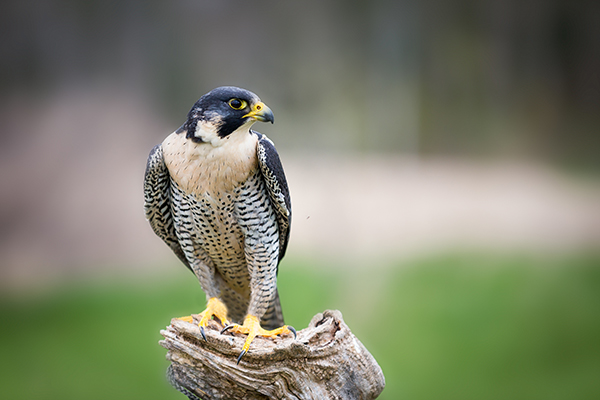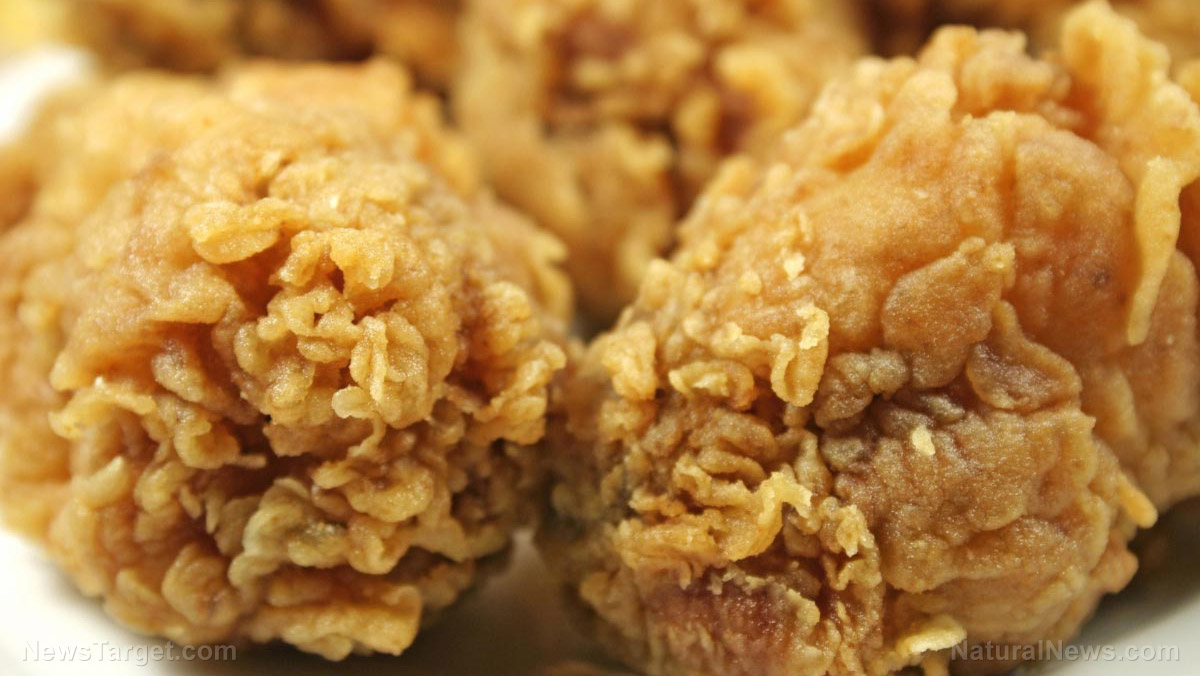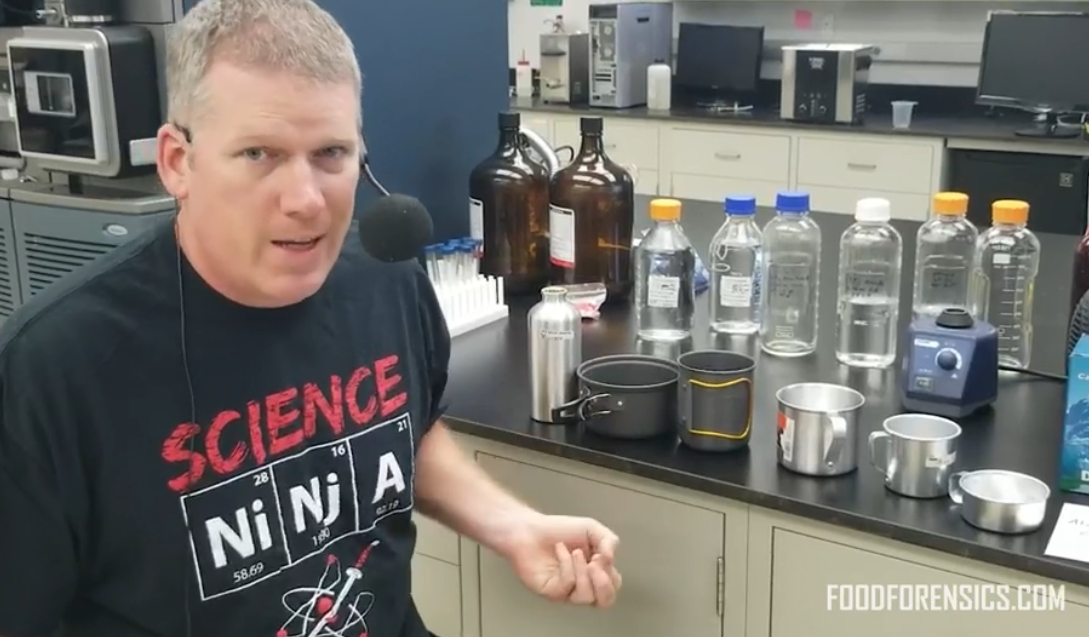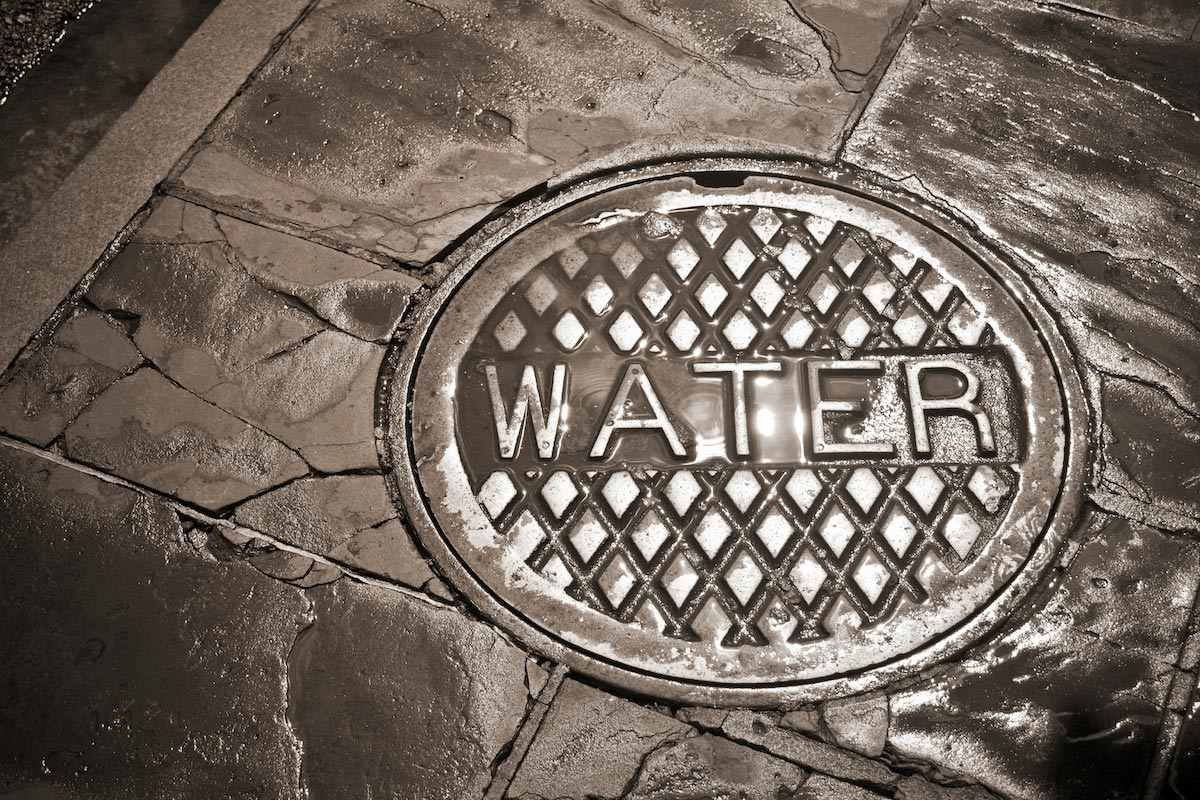Mercury exposure catches up to world’s fastest bird; study says it can adversely affect breeding. What else is it harming?
09/29/2019 / By Edsel Cook

The peregrine falcon (Falco peregrinus) may be the fastest bird on the planet, but it isn’t fast enough to outrun the toxic heavy metal named after the Roman god of communication and travel.
The feathers of peregrines across the United States have displayed signs of mercury contamination. In Nevada, a researcher with the state’s Department of Wildlife warned that the heavy metal has tainted the population living in the Lake Mead National Recreation Area.
State researcher Joe Barnes spent a decade investigating the extent of mercury contamination in peregrine falcons. He tested hundreds of birds in part of Maryland, Nevada, Texas, and Washington.
“Every single one of them was impacted, regardless of whether they live in wide-open desert or Lake Mead or Greenland or coastal British Columbia,” Barnes warned. He published the details of his report in the Journal of Raptor Research.
Barnes stressed the need for additional research to determine the maximum amount of mercury that a peregrine falcon might endure before it starts to get sick. Earlier studies covered other species and suggested that exposure to five to 15 parts per million (PPM) may make it much more difficult for a raptor to successfully breed. (Related: Swedish researchers have discovered that nature heals itself: Dangerous levels of mercury in their aquatic ecosystems are correcting themselves.)
Peregrine falcons show high levels of mercury contamination
Barnes reported an average of 17 ppm of mercury in the feathers of adult peregrine falcons at Lake Mead near Las Vegas, Nevada. Grown-up birds along the coast of Washington displayed 24 ppm.
No respite came for peregrines from Alaska, northern Canada, and Greenland. Although the remote regions didn’t have high levels of industrial pollution, the migrating birds still bore around 10 ppm of mercury in their plumage.
Peregrine falcons hunt other birds that also got exposed to mercury. They end up accumulating heavy metals from all the contaminated prey animals they have consumed over their lifetimes.
The Lake Mead peregrines mainly prey on the eared grebe (Podiceps nigricollis), a small species of waterfowl that migrate through Nevada in staggering numbers. Barnes said that most of these grebes came from the Great Salt Lake in Utah.
The waters of that massive lake contain high levels of mercury that contaminated the migratory species, which in turn ended up in the bodies of the peregrines that ate the grebes.
From top predator to “canary in a coal mine”
If it’s alive and flies, it dies to the peregrine falcon. The raptor divebombs its prey at velocities that exceed 200 mph (322 kph), around the same speed as some of the fastest trains in the world.
Peregrines live in every continent except Antarctica. They prey on all kinds of flying animals, no matter the size – from tiny hummingbirds to the dreaded Canada geese (Branta canadensis).
Like Barnes, the University of California, Davis (UC Davis) researcher Ryan Bourbor studied mercury contamination in North American raptor species. He warned that exposure to even small amounts of mercury can harm the health of humans and wildlife.
In the U.S., humans get exposed to mercury by consuming fish contaminated by methylmercury, a compound produced by bacteria that encounter the heavy metal in plants, soil, and water. Both mercury and methylmercury are toxic to humans.
Small amounts of mercury appear in nature. However, Barnes explained that the levels of the heavy metal have risen by 300 percent ever since the Industrial Revolution.
So far, the peregrine falcons in his study showed no overt symptoms of their exposure to mercury. But the birds remain vulnerable, and they are likely to end up as the first victims.
“Peregrines are sort of the canary in the coal mine here,” Barnes said.
Sources include:
Tagged Under: animals, birds, birds of prey, conservation, Ecology, environ, environment, mercury, mercury contamination, mercury exposure, peregrine falcon, raptors, toxic chemicals, toxins, wildlife
RECENT NEWS & ARTICLES
COPYRIGHT © 2017 TOXINS NEWS



















